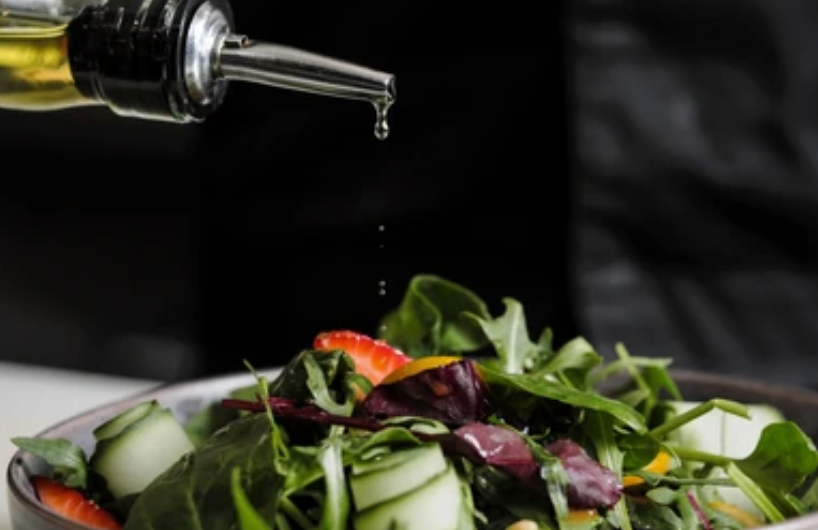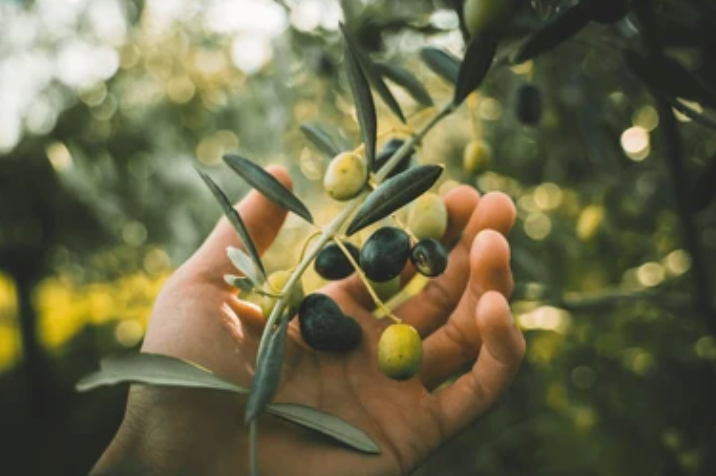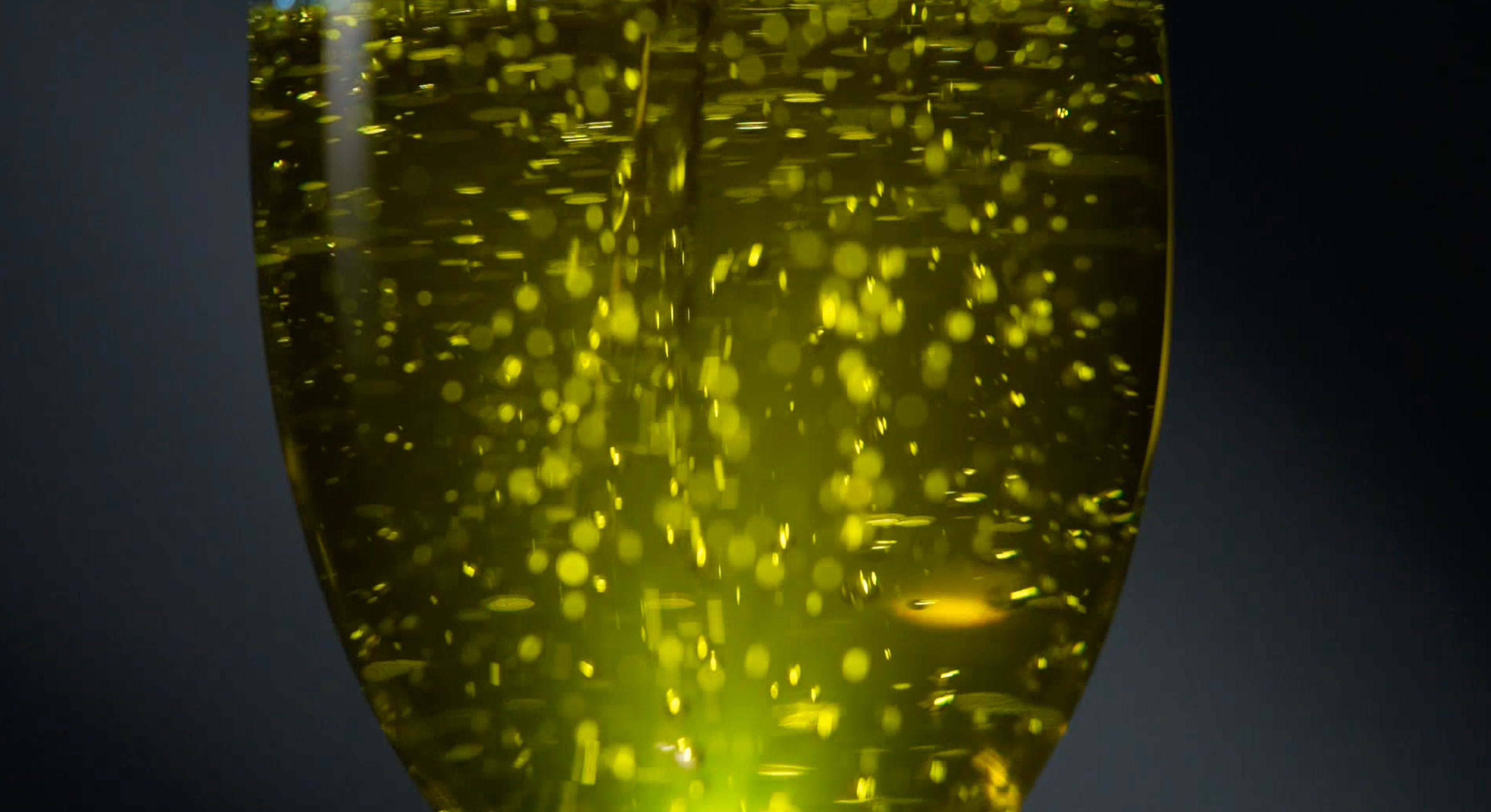What Are Polyphenols in Olive Oil?

Unlocking the Secret of Its Antioxidant Power
What Are Polyphenols, and Why Are They Found in Olive Oil?
Title
Why Are Polyphenols Important for Your Health?
Title
How Do Polyphenols Affect Flavor?
Title
How Is Polyphenol Content Measured and Labeled?
Title
How Can You Identify a Polyphenol-Rich Olive Oil?
Title
Garisar Arbequina Extra Virgin Olive Oil and Its Polyphenol Value
Title






